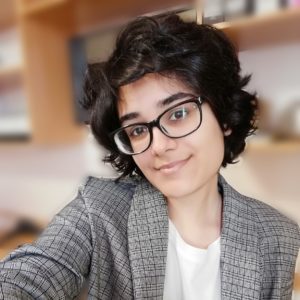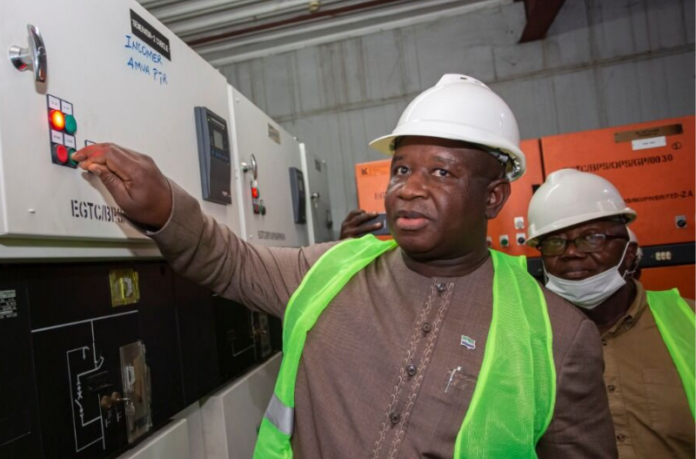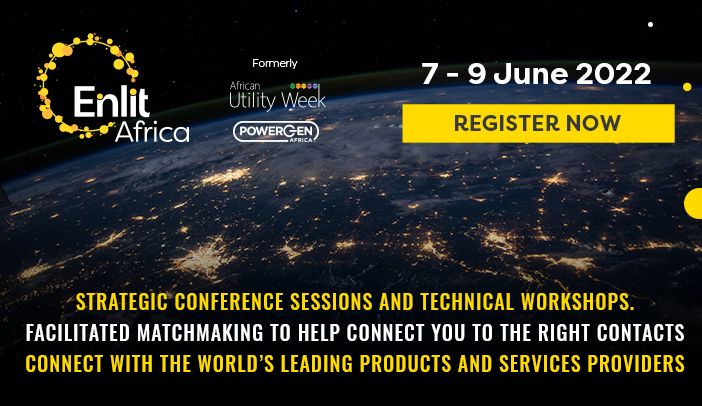- President of Sierra Leone, Dr Julius Maada Bio last week officially switched on the Côte d’Ivoire-Liberia-Sierra Leone-Guinea (CLSG) Electricity Interconnection line at Teloma to bring power to the south and east of the country.
For the specific case of Sierra Leone, the project involves the construction of an approximately 530km, 225kV power line through seven districts: Pujehun, Kenema, Kono, Tonkolili, Koinadugu, Bombali, Kambia and Karene. This is according to TRANSCO CLSG, the regional power interconnection facility owner and transmission service provider.
Bio emphasised: “The lesson from developing economies is simple. More electricity means more economic activity and better jobs, more profitable private capital investments, increased manufacturing and technological capacity, increased food production, more innovation, better healthcare and education, greater use of telecommunications and better quality of life in general.”
He also thanked key development partners like the World Bank, the African Development Bank, GiZ and the international community for supporting the project to completion, noting that as a government they had long shared their views with those partners that the lack of accessible, reliable and affordable electricity was a constraint to economic growth and national development.
“So, for us, as a government, more energy – especially sustainable and affordable energy, sits well with our country’s development needs and our development agenda. Energy is indeed a critical cross-enabler and a critical driver of development,” said Bio.
“We are, therefore, eager to use the network to attract investments in small scale manufacturing, agriculture, the service sector and other small and medium enterprises that enhance the value-chain in diverse areas of the country,” Bio continued.
Bio further disclosed that his government had put in place a number of incentives for private companies seeking to locate to rural or peri-urban areas, adding that the availability of electricity, land, skilled and educated youthful populations in Kenema and Bo, would make that decision easier for private investors.
“Let me also thank the teams from TRANSCO CLSG, CI Energies/CIE, the Ministry of Energy, the Ministry of Finance, EDSA and EGTC. We owe you a debt of gratitude for working really hard to ensure today’s milestone event. Thank you,” Bio said.
General manager of TRANSCO CLSG, Mohamed Sheriff recalled that within its master plan, the West African Power Pool had planned to accelerate several regional interconnection line projects, including a transmission line to interconnect the states of Côte d’Ivoire, Liberia, Sierra Leone and Guinéa.
“The CLSG Project is a multinational investment operation and is financed by 4 donors namely, the World Bank, the European Investment Bank, the KfW and the African Development Bank.
“The four beneficiary countries have provided counterpart fundings for the payments of Resettlement Action Plans and Interest accrued during construction and duty-free concessions,” Sheriff said.
Author: Zeenat Ganie

This article was originally published on ESI Africa and is republished with permission with minor editorial changes.
The energy sector in the Francophone countries with be a hot topic at Enlit Africa 2022













